The humble Falcon XW workhorse that became a titan
Ford during the early 1960s didn’t sell many panel vans and there was a good reason for that. The cargo area was no taller than in the station wagon, making an XK-XP van next to useless as a delivery vehicle.
Back in those days, panel vans were viewed purely as practical devices, but then along came the long-haired, sand-stained surfers who would strap some boards to the roof of their old Holden and roam our country’s expansive coastline.
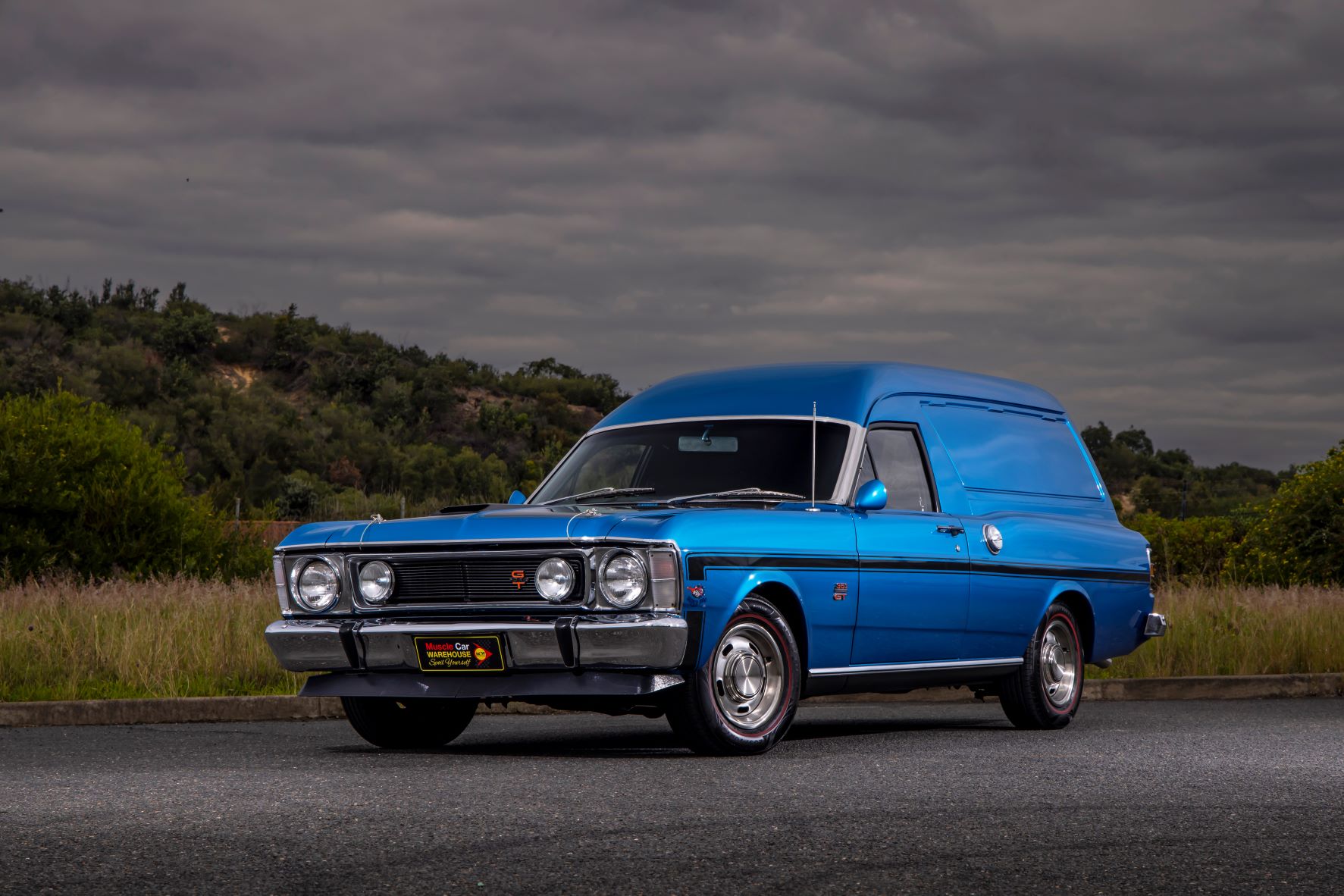
During the 1970s, even as ‘van culture’ evolved, Ford still sold fewer of them than did Holden. The reason? Falcon vans from the XA onward came standard with vertically hinged ‘barn’ rear doors while Holden used a horizontally split tailgate and rear window.
That kind of window – as also seen on ‘our’ XW van - could be propped open when cruising on a warm summer’s evening then quickly closed when privacy was required.

Most Falcon vans didn’t begin life looking anything like our featured XW. As was the case with this one when new, they ran 3.1 or 3.6-litre engines, three-on-the-tree gears, a bench seat, dreadful drum brakes and no radio.
They were sold as workhorses to big corporate users like the Post Master General department which had them installing telephones, or to the police who put a single door at the back and turned them into the famed Divvy Van.
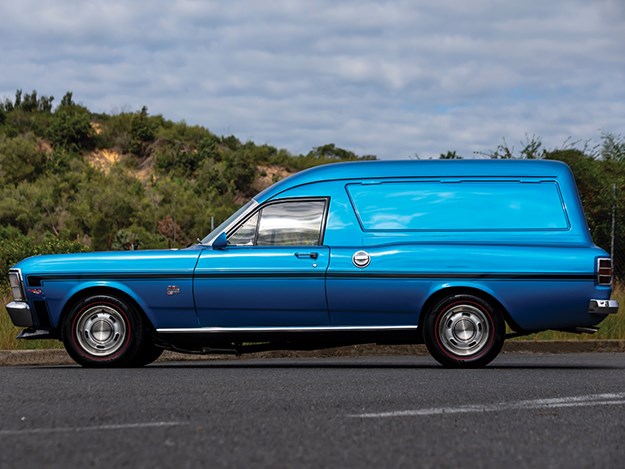
Vans like this also went to tradespeople and electrical stores, carpet layers and drycleaners. A few even performed the sombre task of anonymously transferring bodies from murder scenes or accidents to the coronor’s slab.
Vans as recreational vehicles emerged during the late-1960s, as ‘boomers’ born after World War II took their lives and hobbies on the road. The Aussie panel van, even old Kombis or ex-Post Office Transits, had room in the back for work gear and a few personal possessions, an Esky for beers and tucker, your dog if you had one and the inevitable mattress. Plus, there was room on top for racks and a couple of surfboards.
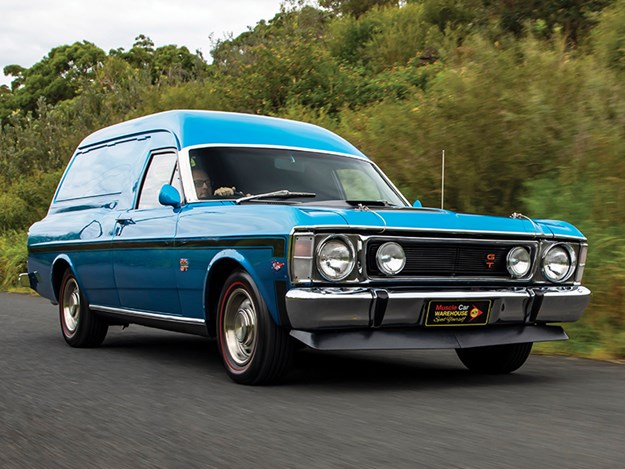
A decade later and as demands for recreational van ownership blossomed, along came opportunistic Holden with its Sandman. These 1973 additions to the HQ range were pretty much a V8 Monaro with a very big boot, featuring bucket seats, a GTS dash and steering wheel, sports road wheels, automatic or four-speed manual transmission. Later, they would be available as utes as well.
Ford, even right back in the days of the XW range, could offer a GS Pack van, but very few were sold. From the time of the XY though, it took advantage of being able to slot its biggest 351 V8 in a van or ute then add extra instruments, the GT steering wheel, driving lights and sports wheels.
.jpg)
Decked out with all of that, plus ‘Superoo’ side stripes and a matt-black bonnet, those V8 vans could look remarkably like a GT sedan but still cart gear to the job site. They also cost a whole lot less to insure.
Not until 1976 when the XC range was expanded to include a Sundowner van did Ford even bother to offer a direct Sandman rival, then Chrysler a year later chimed in with its Valiant-based Drifter.
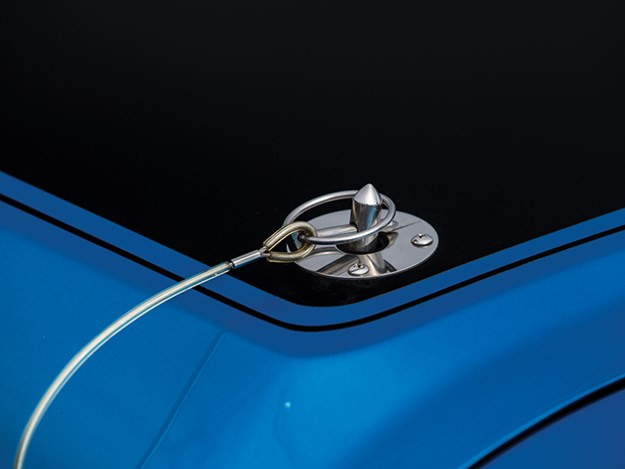
However, it was the home-built ‘Shaggin Wagon’ that inspired young Australians to construct a van of their own. Our featured XW in all of its GT warpaint stands as a tribute to the art of the Van Transformer.
The first Australian-made ‘tall’ vans were FB Holdens and the similar EK. These during the 1960s were showing up on used car lots with clapped motors and low prices, just begging for attention from owners with the money to spend on a second-hand ‘red motor’, chromed wheels and maybe a flashy metallic repaint.
.jpg)
Owners who became ultra-serious about their rebuilds and modifications could find themselves with seriously expensive investments in the shed. Too precious with their eye-popping, airbrushed murals to be left overnight in beachfront campgrounds they were more likely on display at the ‘custom’ car shows that would become part of Australian automotive life.
With locally made V8 engines becoming popular in passenger models, these motors also began finding their way under the bonnets of commercial models.
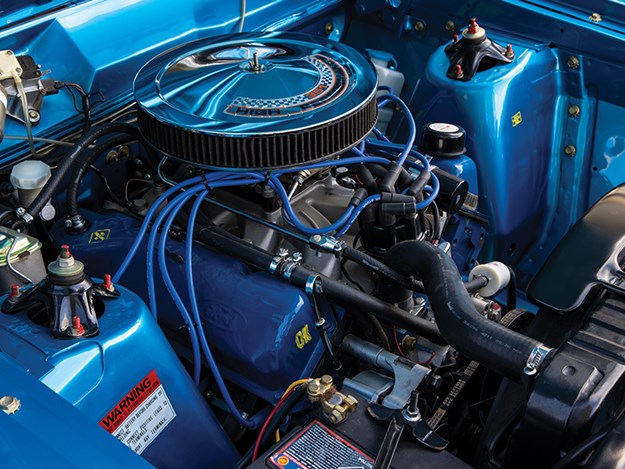
Replacing the six-cylinder XW engine with a 351 is not a major feat. However, the artisan then needs to continue the upgrade with a complete new drivetrain, replacing the gearbox, driveshaft, differential, rear axles, springs and brakes. That is a big undertaking and destined to swallow lots of money.
The Transformer who is looking to create a load-carrier with the attributes of a GT then needs to delve further into the after-market parts bin; gutting the interior, replacing the wheels and choosing a colour that evokes the presence of Ford’s sporty sedan.
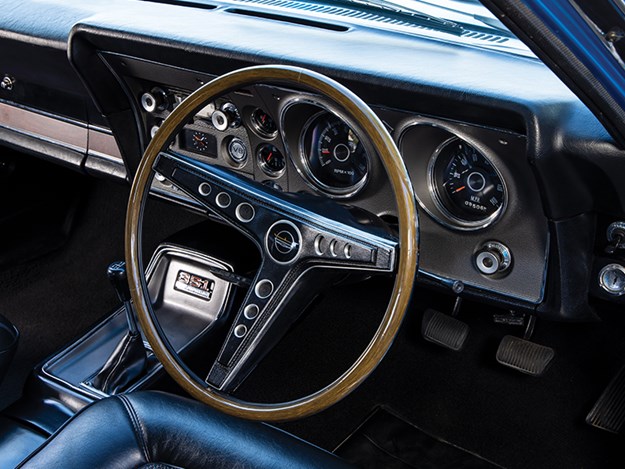
Before tackling the tricky process of slotting GT gauges, switches and decorations into the bare XW dash, there comes the issue of replacing the bench seat with buckets (complete sets of reproduction runners are available) then finding seats to suit. Even in tatty condition and before adding new foam, adjusters and vinyl covers, they can cost over $1000 each.
Into the empty interior then needs to go as much authentically patterned GT equipment as might be available, including correct woodgrain for the dash, a centre console, door trims, gauges and a radio.
Replicas of Ford’s original five-slot road wheels are reasonably common but when you go looking for the correct ‘rim blow’ steering wheel the cost soars by more than $1200.
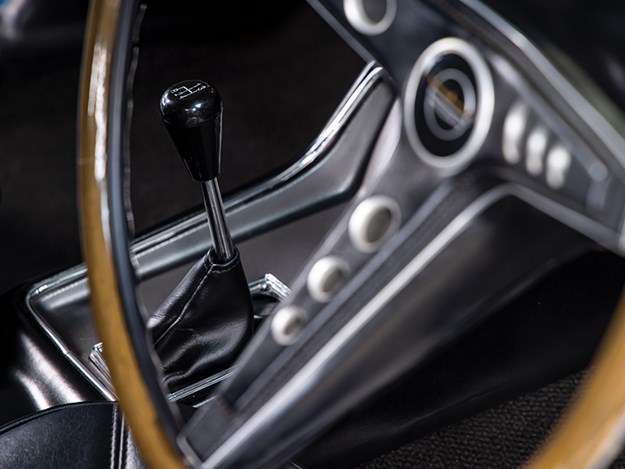
Depending on the quality of finish an owner demands, the cost of paint and prep for something the size of these vans will start at ten times the price of that elusive steering wheel. And that is after you rid the shell of any rust that might exist.
The load area of this van has been left remarkably plain, giving subsequent owners the opportunity to ‘deck it out’ in the way one might have been in the 1970s or leave it plain and practical.
Finding a Falcon van of this age in decent condition to serve as a donor vehicle is itself challenge. This one underwent transformation 10 years ago when a basic van in relatively rust-free condition cost around $20,000. Today, if you can find one, the cost of an unmolested XW before a resto will likely be nearer to $50,000.
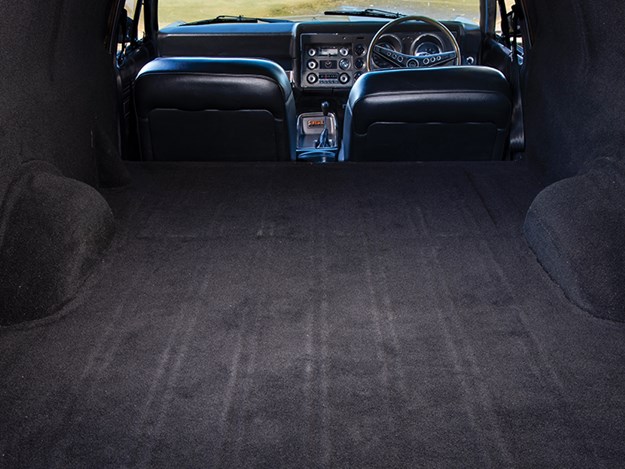
Parry Bitsakis, whose Sydney-based Muscle Car Warehouse was entrusted with finding a new owner for this Electric Blue beauty says that 1960s-70s vans of all kinds are hot property.
‘They don’t even have to be modified the way this one has, because vans have become so rare that one in good original condition or restored is worth money," he said.
Story: Cliff Chambers
Photos: Mark Bean